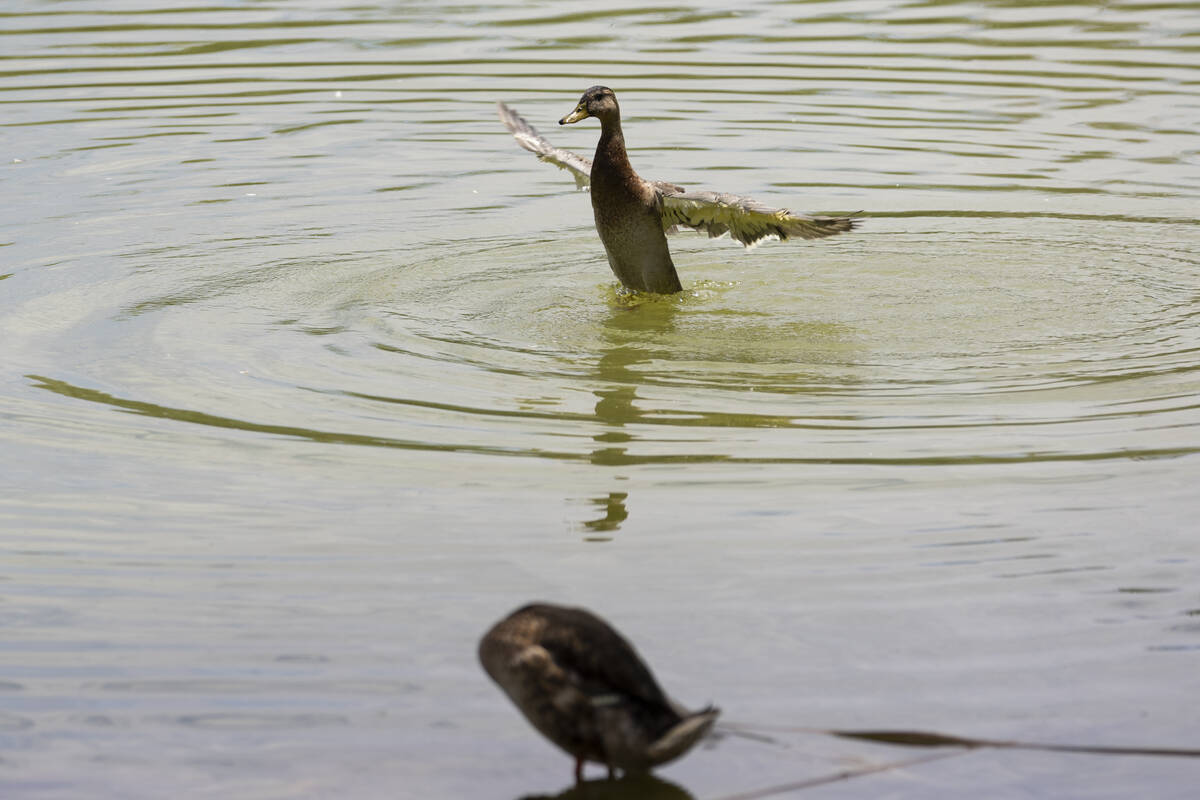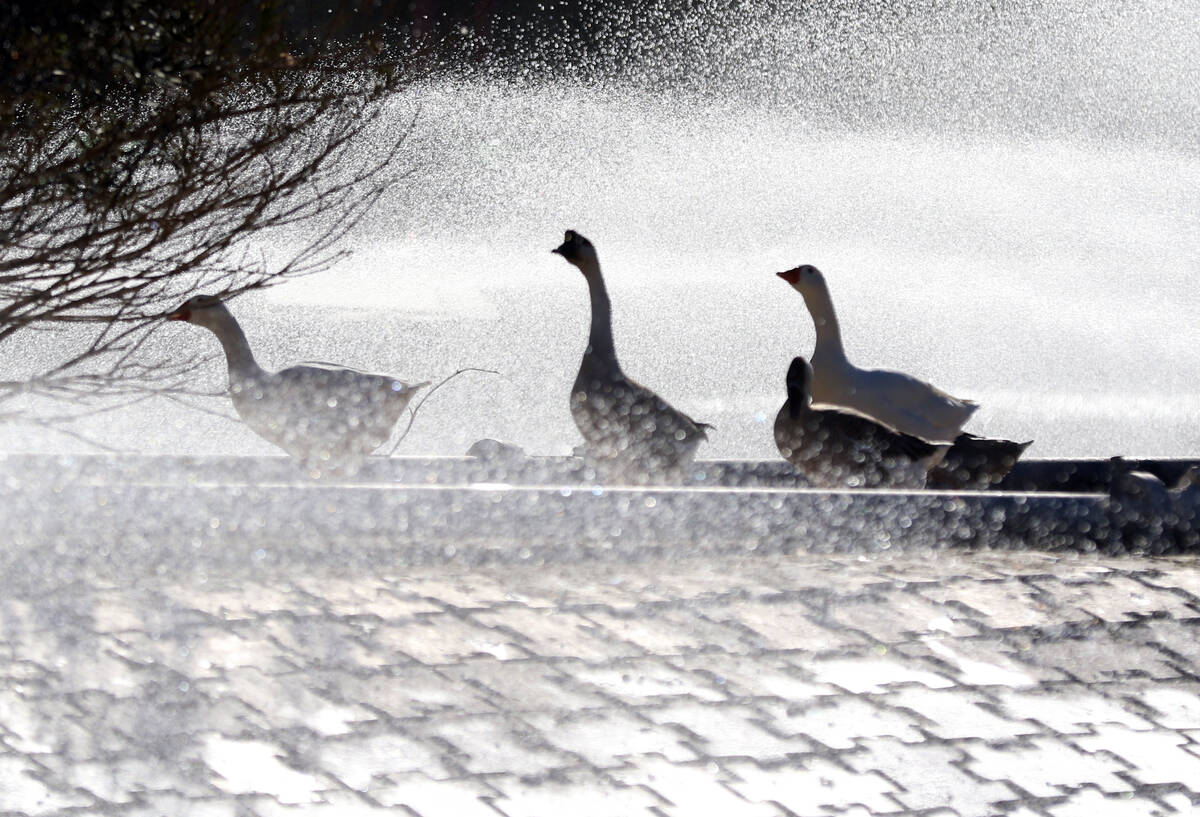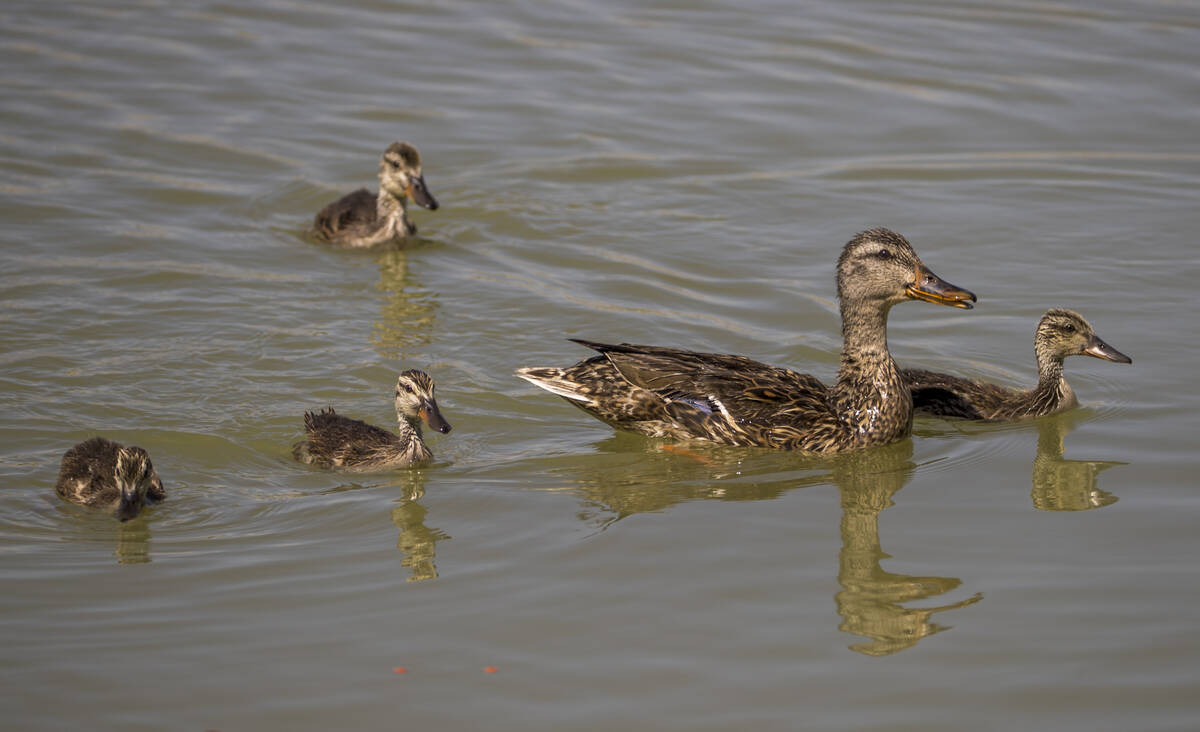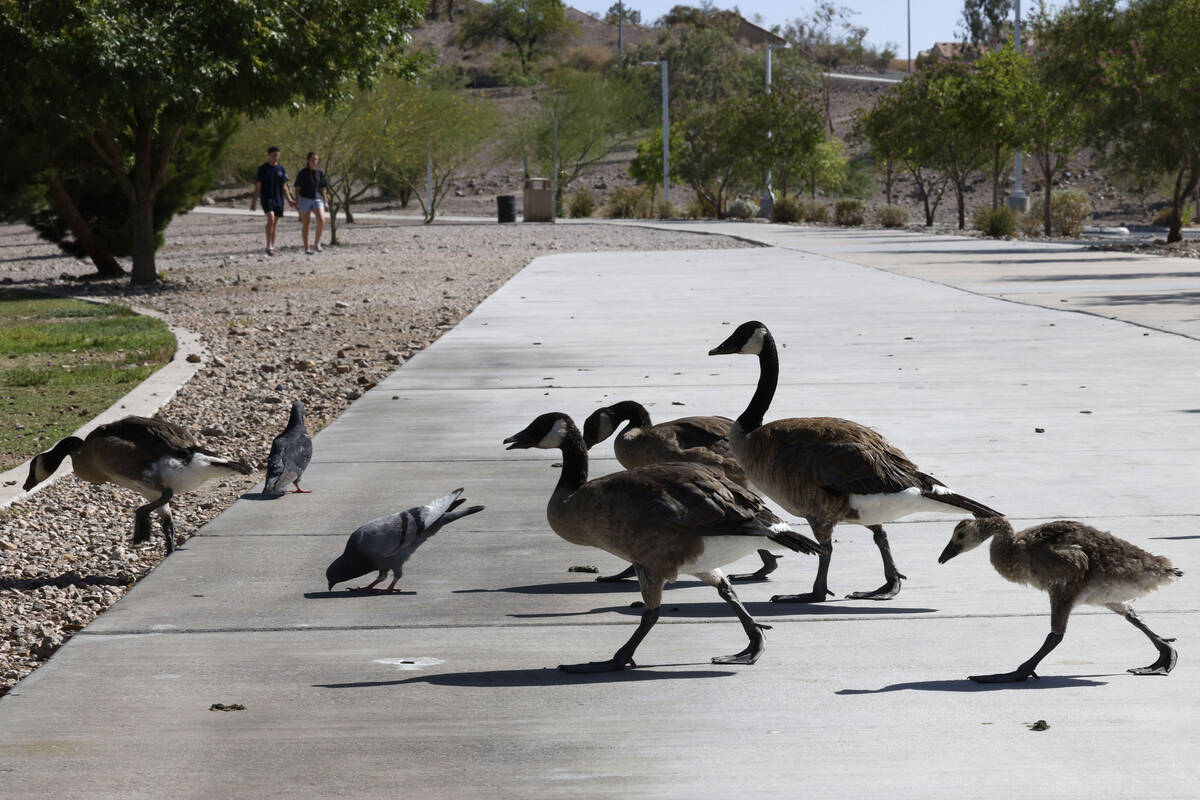Highly pathogenic strain of bird flu now detected in Nevada
Officials have confirmed the first occurrence in Nevada of a highly pathogenic bird flu strain that has been spreading across the United States since late 2021.
The strain, known as Eurasian H5N1, was discovered earlier this month in a non-commercial flock of 40 domestic birds in Carson City. The affected birds were culled and did not enter the food system, but Nevadans — especially those who own or work with poultry — should stay vigilant for signs of sickness in wild and domestic birds.
Avian influenzas naturally occur in wild aquatic birds around the world and can circulate among those birds, often with little or no signs of illness and low mortality rates. Dabbling ducks in particular, such as the mallard, are considered reservoirs for avian influenza because they are often asymptomatic for the illness.
The issue arises when waterfowl spread the flu to more susceptible birds, like chickens, turkeys and raptors. In these vulnerable birds, highly pathogenic avian influenza can cause mortality rates of 90 to 100 percent, often within 48 hours.
But because avian influenza is highly infectious and many wild birds can serve as a host for the flu without severe symptoms, managing the spread of the disease is difficult.
“There’s not a lot that we can do on the wildlife side of things,” said Dr. Nate LaHue, wildlife veterinarian for the Nevada Department of Wildlife. “It would have to involve culling large amounts of waterfowl, which is not a practical response.”
Birds can easily shed the virus in their saliva, nasal secretions and feces, so any bird that comes into contact with an infected bird is at serious risk of infection. Birds can also become infected if they come into contact with any surfaces that have been contaminated with the virus by other birds.
The U.S. Department of Agriculture estimates that over 40 million domestic birds have been affected by the current outbreak, and bird flu has been detected in almost 1,900 wild birds across the U.S. since late 2021.
LaHue said that migratory birds probably brought the disease to North America and that’s part of why it’s spread so quickly. Currently, there are 44 states in which the current bird flu strain has been detected in wild birds and 38 states that have had avian influenza outbreaks among poultry.
Even though there have been no confirmed cases of avian influenza in wild birds thus far in Nevada, LaHue said it’s likely that the influenza is already in the state’s wildlife population. The wildlife department is investigating several suspicious raptor deaths, and LaHue said that at least one death, an owl, is likely tied to the current strain of avian influenza.
The Department of Wildlife also says that even though most infections have occurred in domestic birds or wild birds like waterfowl, game birds and scavengers like crows, people should consider all birds as susceptible. LaHue said there have been large die-offs of some species of geese and cormorants as a result of outbreaks around the country.
Eurasian H5N1 has also been detected in mammals such as foxes, coyotes and bobcats, and the wildlife department said that “all mammals should be considered potentially susceptible.”
Humans are one of those potentially susceptible mammals. But the U.S. Centers for Disease Control and Prevention and the World Health Organization say that the current strain of bird flu poses little threat to the general public.
To date, there’s been only one reported case of a person contracting the current virus strain in the U.S. That individual was directly exposed to infected poultry as part of a culling operation and has fully recovered.
Nevertheless, the Nevada Department of Agriculture has issued a list of biosecurity measures for people who work with birds so that they can protect themselves and their flocks from avian influenza.
LaHue advised poultry owners to take steps to reduce the amount of contact between domestic and wild birds, and he cautioned the public against doing things like feeding waterfowl, which can cause the birds to artificially congregate and potentially increase transmission.
Although symptoms of avian influenza can vary widely, people should be aware of any respiratory or neurologic abnormalities in birds, as well as any skin-related issues, diarrhea or discolored feces, weakness, lethargy and depression.
Additionally, the state Department of Wildlife is currently tracking bird flu outbreaks. If you notice three or more wild bird deaths, any single raptor death, or any bird showing respiratory or neurologic abnormalities, you should report it to the agency at (775) 688-1500 or ndowinfo@ndow.org.
Colton Poore is a 2022 Mass Media reporting fellow through the American Association for the Advancement of Science. Email him at cpoore@reviewjournal.com or follow him on Twitter @coltonlpoore.


























